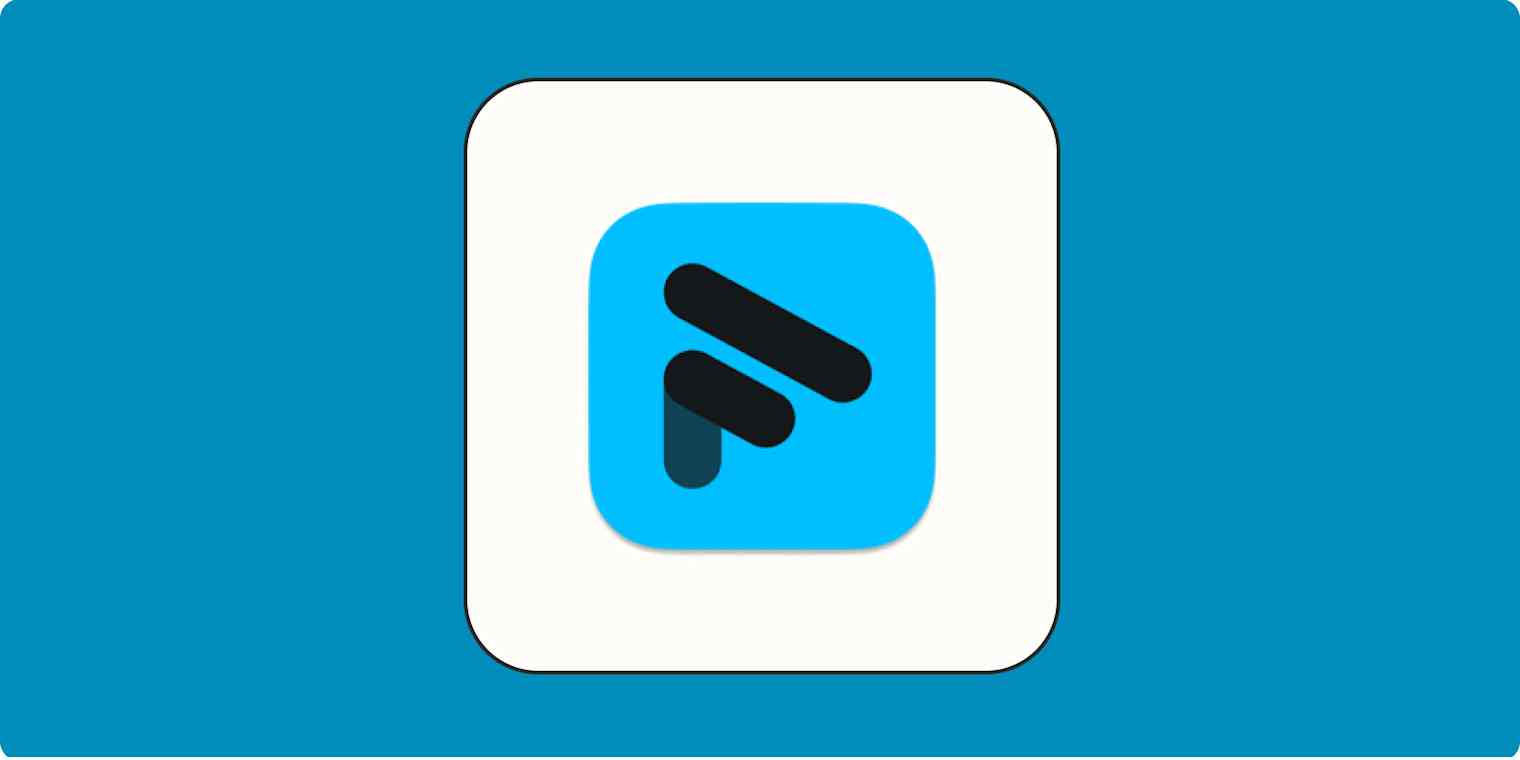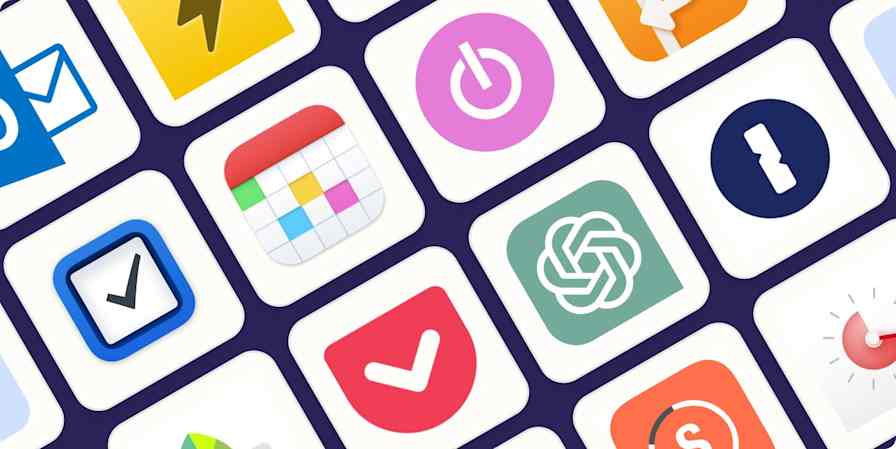App tips
4 min read5 Fathom features to make your meetings more productive
By Juliet John · June 13, 2024

Get productivity tips delivered straight to your inbox
We’ll email you 1-3 times per week—and never share your information.
Related articles
Improve your productivity automatically. Use Zapier to get your apps working together.







